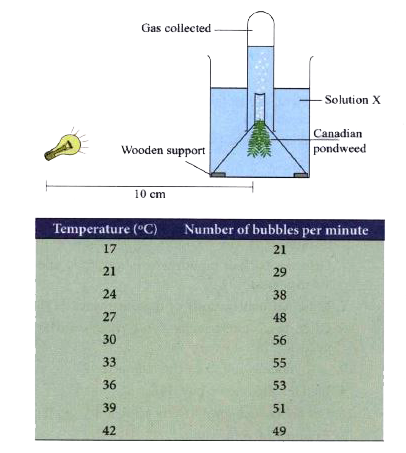What is the average number of heartbeats per minute of an adult person while resting? Explain why, the heart beats faster during and after an exercise .
Step-by-Step Solution:
1. Average Heartbeats at Rest:
- The average number of heartbeats per minute for an adult person while resting is typically between 60 to 100 beats per minute. The ideal average is around 72 beats per minute.
2. Heart Rate During Exercise:
- When a person engages in physical exercise, the body requires more energy. This increased energy demand leads to a higher heart rate.
3. Increased Energy Demand:
- During exercise, the body needs more glucose and oxygen to produce energy in the form of ATP (adenosine triphosphate). While glucose is stored in the body, oxygen is not, so the demand for oxygen increases significantly during physical activity.
4. Increased Respiration:
- As the demand for oxygen rises, the rate of respiration also increases. This means the person breathes faster and takes in more oxygen.
5. Heart Pumping Faster:
- To supply the increased amount of oxygen to the muscles and organs, the heart must pump faster and harder. This is why the heart rate increases during and after exercise.
6. Conclusion:
- Therefore, the heart beats faster during and after exercise to meet the body’s heightened demand for oxygen and energy.
---
- The average number of heartbeats per minute for an adult person while resting is typically between 60 to 100 beats per minute. The ideal average is around 72 beats per minute.
- When a person engages in physical exercise, the body requires more energy. This increased energy demand leads to a higher heart rate.
- During exercise, the body needs more glucose and oxygen to produce energy in the form of ATP (adenosine triphosphate). While glucose is stored in the body, oxygen is not, so the demand for oxygen increases significantly during physical activity.
- As the demand for oxygen rises, the rate of respiration also increases. This means the person breathes faster and takes in more oxygen.
- To supply the increased amount of oxygen to the muscles and organs, the heart must pump faster and harder. This is why the heart rate increases during and after exercise.
- Therefore, the heart beats faster during and after exercise to meet the body’s heightened demand for oxygen and energy.
Topper's Solved these Questions
Similar Questions
What is the normal heart beat per minute in a healthy adult?
View SolutionThirty women were examined in a hospital by a doctor and the number of heart beats per minute were recorded and summarised as follows. Find the mean heart beats per minute for these women, choosing a suitable method.
View Solution
Knowledge Check
- Question 1 - Select One
What is the averages rate of the heart beats (per minute) in an adult?
A72B84C96D78 - Question 2 - Select One
The rate at which the heart beats per minute in an adult averages?
A60B72C84D96 - Question 3 - Select One
Normal range of breathing rate per minute in an average adult person at rest is
A44451B15 -18C21 - 24D30 - 33
Thirty women were examined in a hospital by a doctor and the number of heart beats per minute recorded and summarised as follows. Find the mean heart beats per minute for these women, choosing a suitable method. No. of heat 65-68 68-71 71-74 74-77 77-80 80-83 83-86 beats (per min.) No. of women: 2 4 3 8 7 4 2
View SolutionDiagram below depicts an experiment to find the effect of temperature on the rate of photosynthesis. The average number of bubbles per minute at each temperature is given in the table.

Describe and explain the change in rate of photosynthesis as the temperature is changed
(i) from 17∘C to 30∘C.
(ii) from 33∘C to 40∘C.View SolutionNormal range of breathing rate per minute in an average adult person at rest is
View SolutionAssertion : There are 72-75 heart beats per minute on an average when a person is performing normal work
Reason : One heart beat is completed in 0.8 second.View SolutionWhat will be the number of heartbeats per minute, if the stroke volume of heart increases, with total volume of heart increases, with total volume of blood remains same?
View Solution

